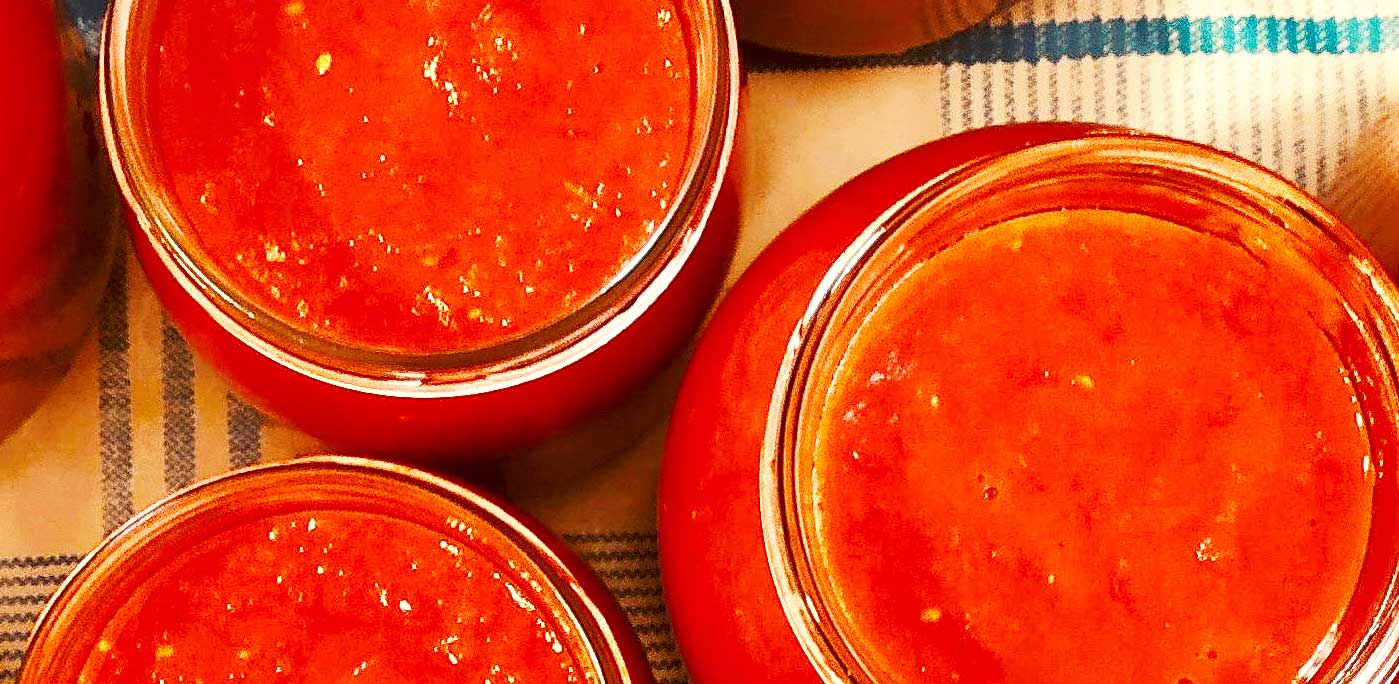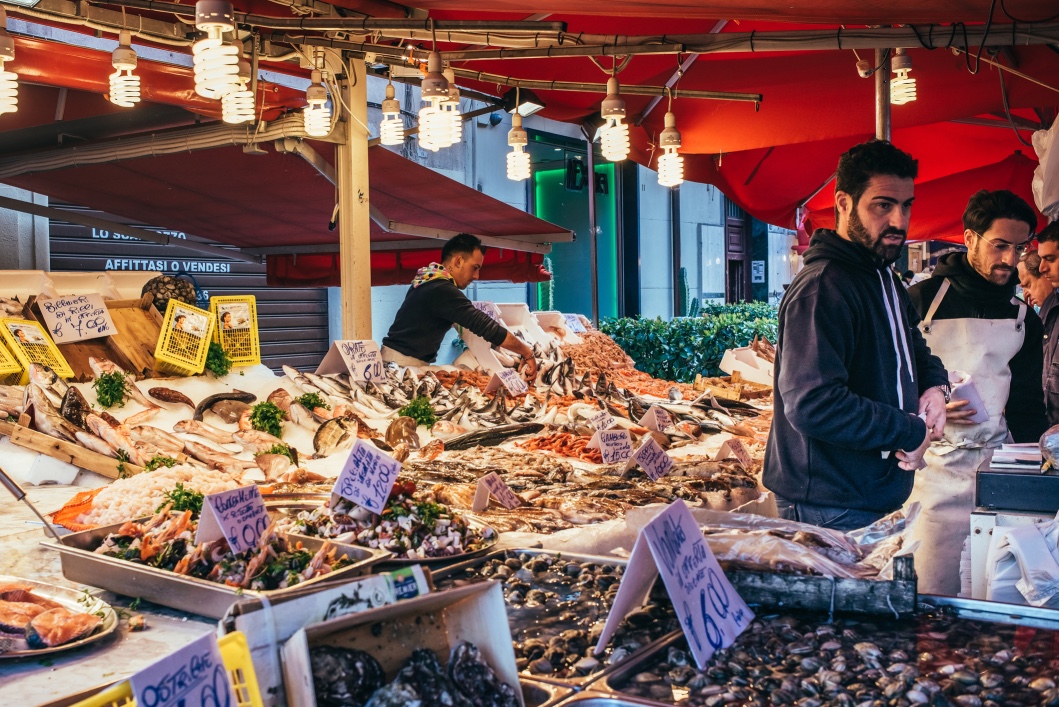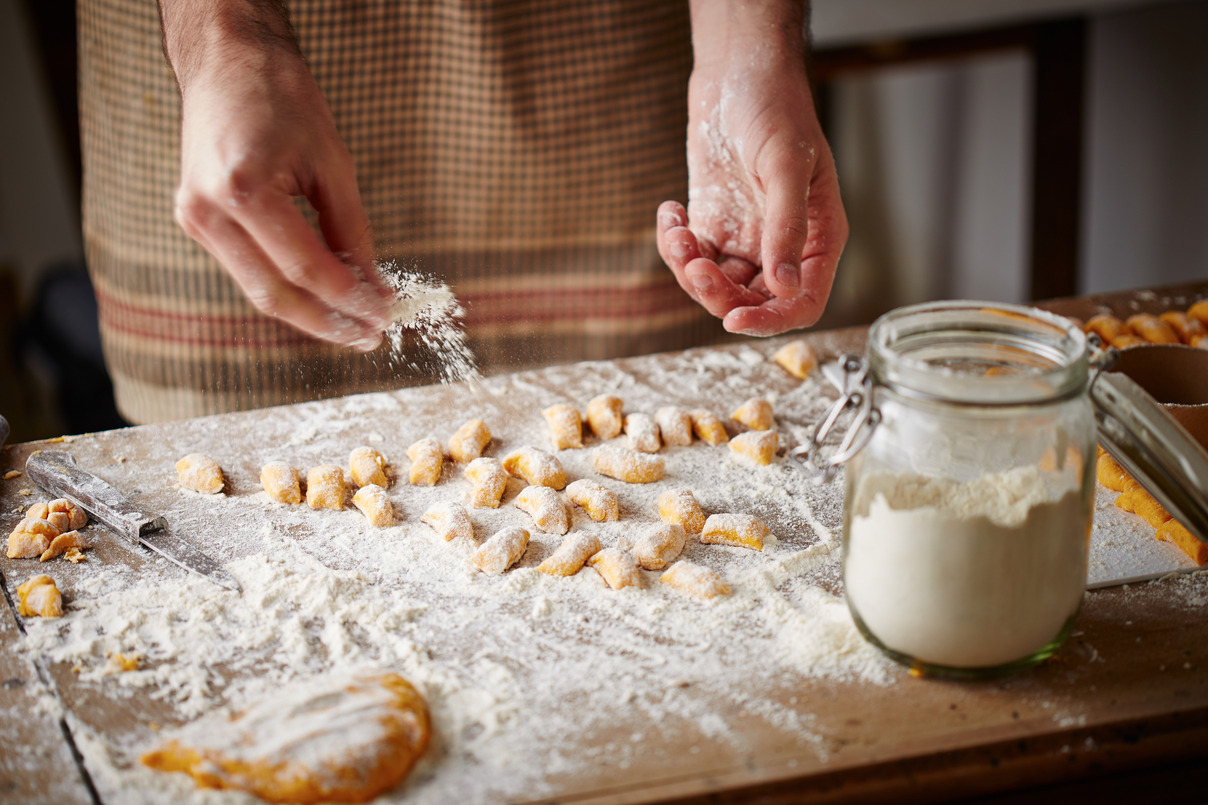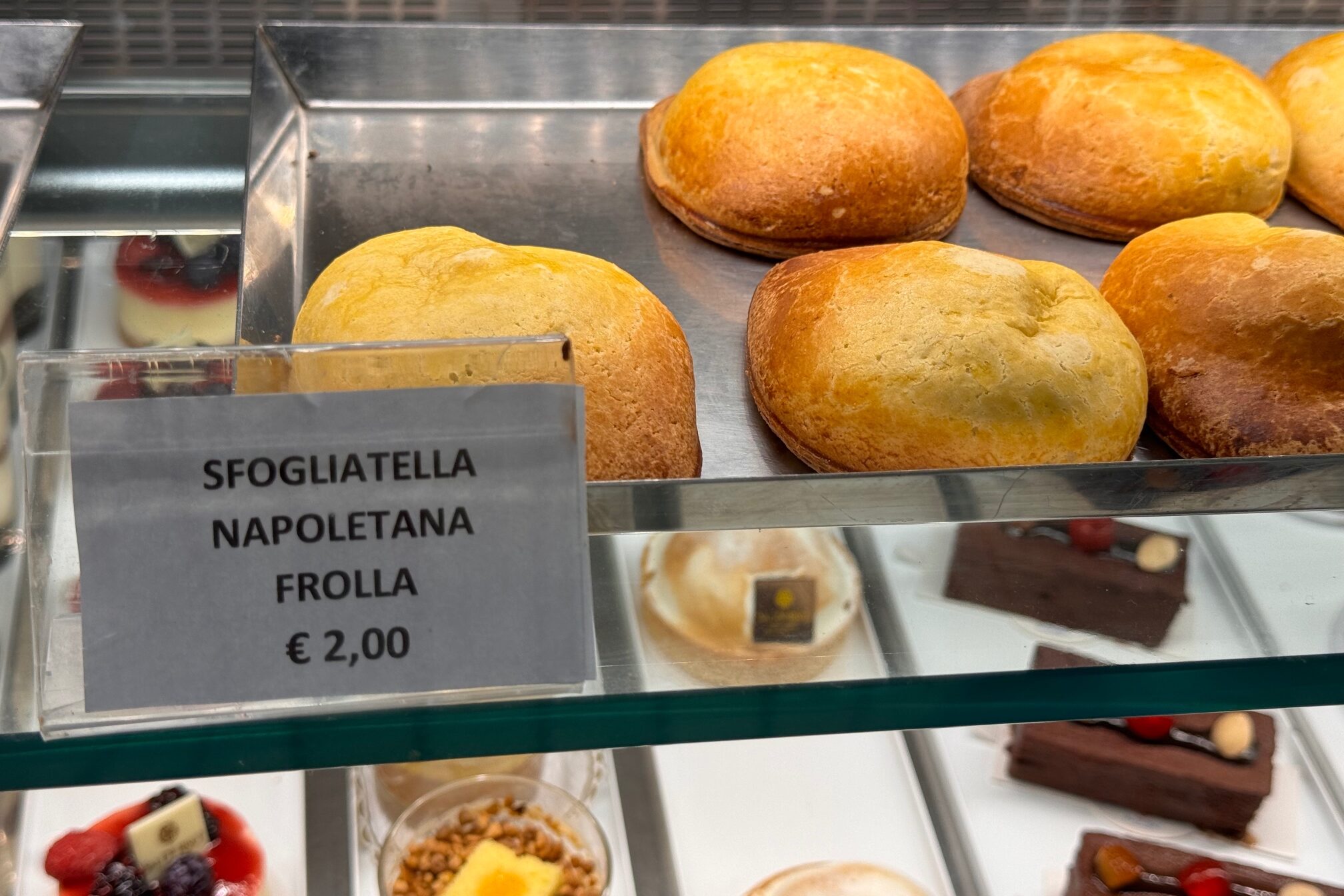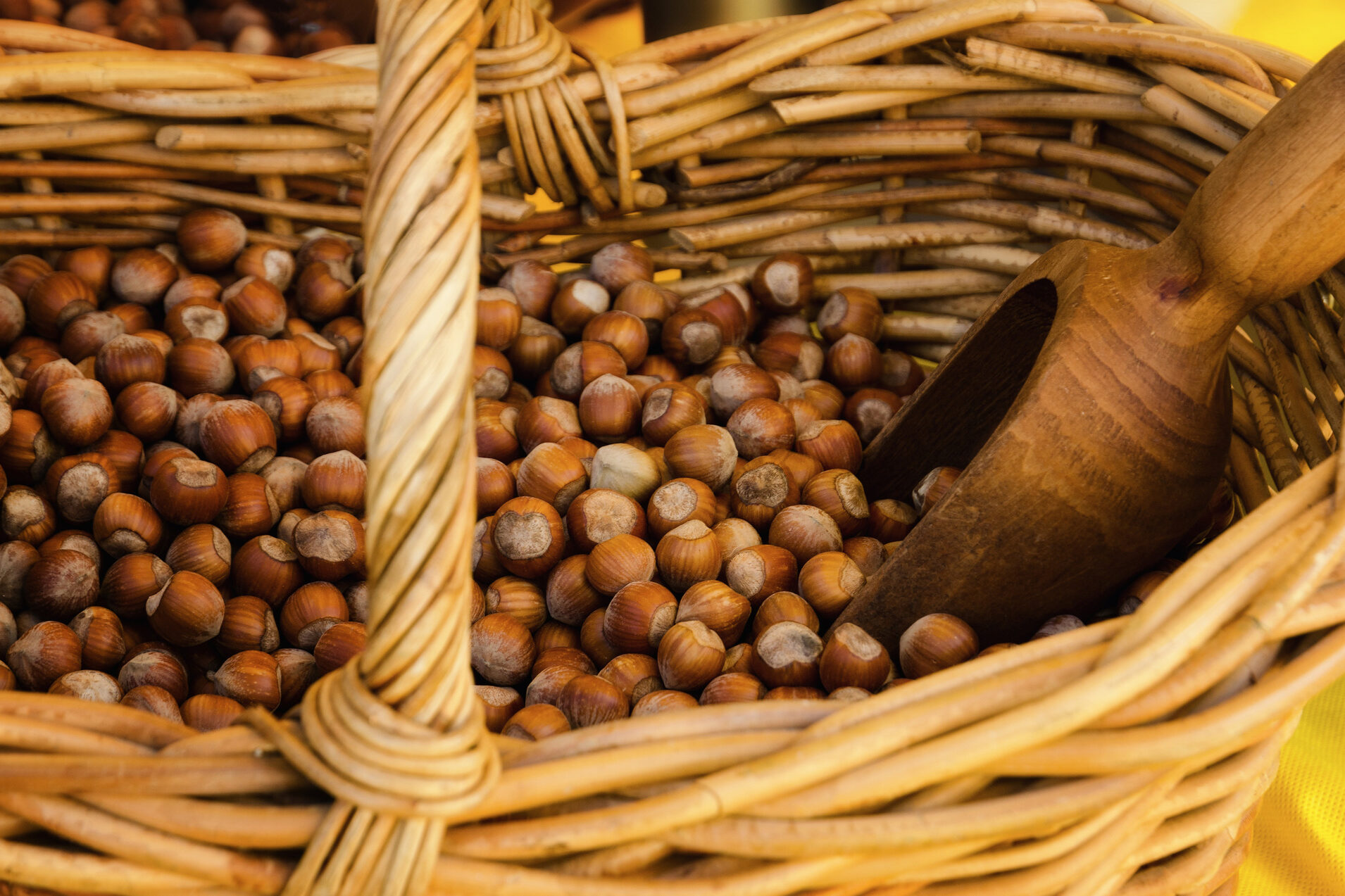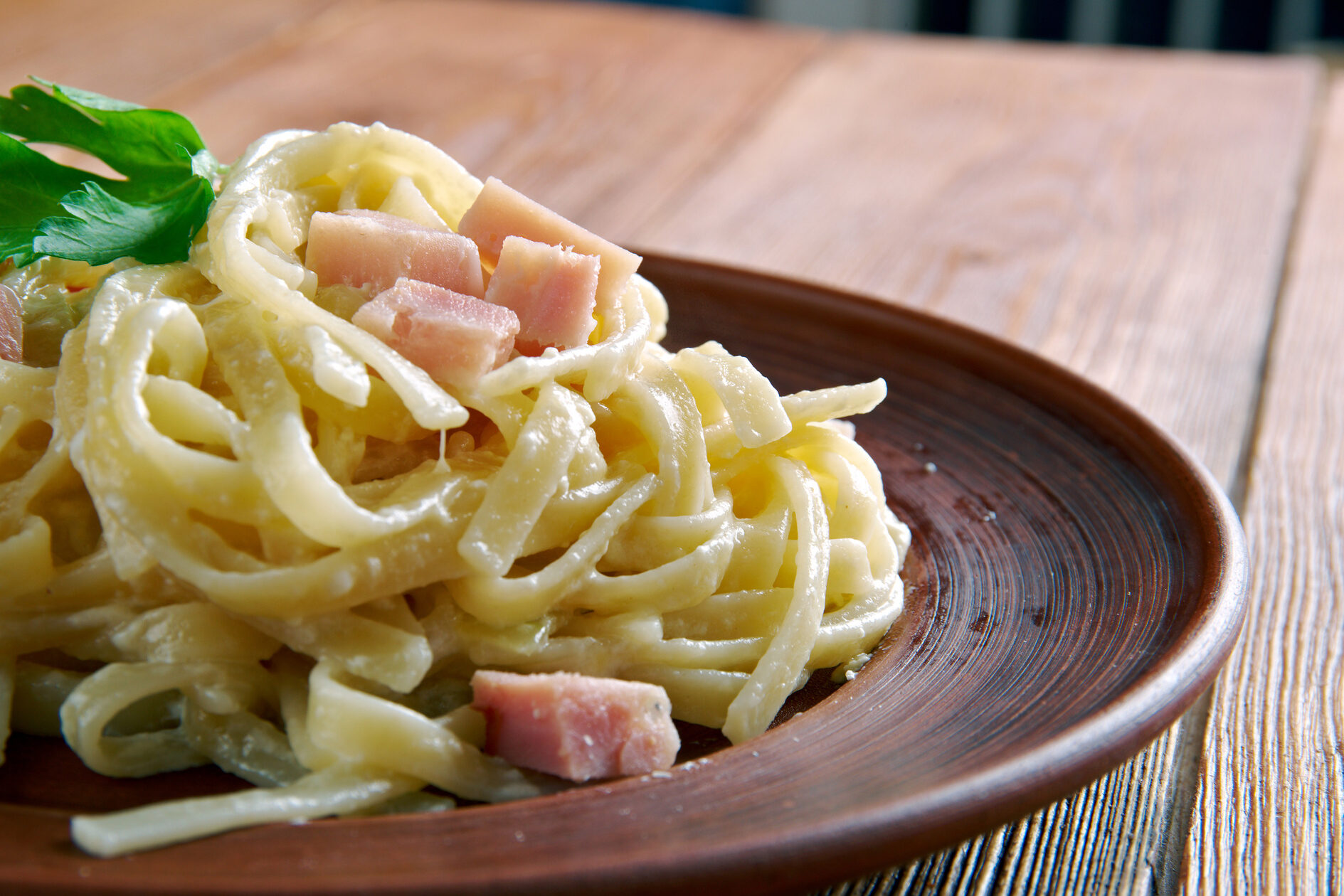The time has come to uncork those jars and taste the “red gold.” What are we talking about? Of the ch’nzerve (a huge pantry that contains bottles of sauce) of tomatoes. Readers from Puglia will immediately recall that yummy memory: the ritual of homemade sauce.
Let’s find out about its origin. For once, this old Apulian tradition does not find its roots in the ancient Greek and Roman agricultural rituals.
Tomatoes are native to western South America, and were introduced into Europe by the Spanish after the conquest of Mexico by Hernan Cortés and his crew. Among Cortés’ followers there was also the soldier Fra Bernardino who listed in one of his accounts all the tomato species the Indians used to exchange in seasonal markets.
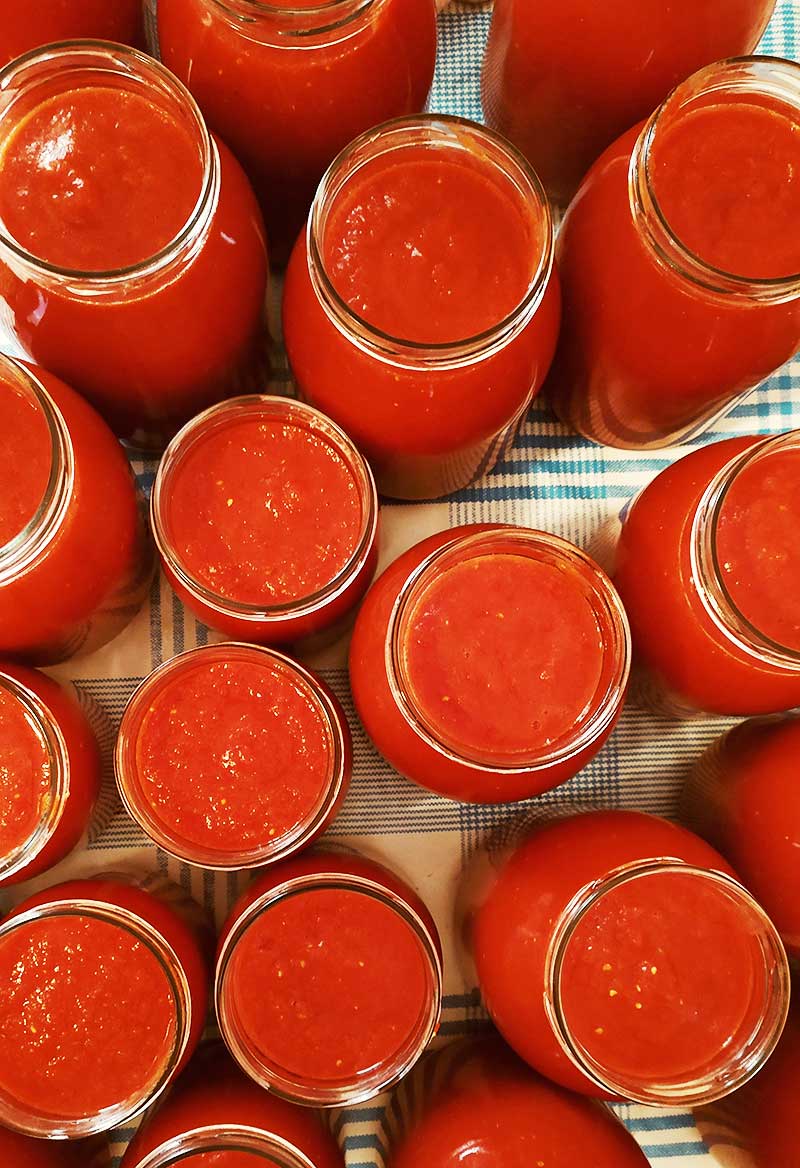
© Dreamstime
Perhaps, at first the Spaniards, unable to distinguish well the domesticated plants from the wild ones, brought both species with them. For a long time, tomatoes were considered unhealthy and potentially harmful and, therefore, banned from European cuisine. But in 1554, doctor Pietro Andrea Mattioli hypothesized that the fruit was edible and named it “golden apple,” drawing inspiration from Greek mythology, that called “pomi d’oro” the fruits born from a tree grown in the garden of the Hesperides (figures of Greek mythology that guarded the garden of Eve’s golden apples).
However, the first historical reference to tomato sauce dates back only to 1600. Antonio Latini, a cook from Marche, a region in central Italy not far from Puglia, wrote a recipe for tomato sauce in his cookbook Lo scalco alla moderna.
History apart, making salsa is tradition that many Pugliese families try to preserve and pass on to the youngest generation because it contains the essence of pugliesità as well as, of course, the taste of fresh tomatoes.
“For me making salsa is when the family gets together,” — says Grazia a 31 years old from Santeramo in Colle — It’s nice when you eat lasagna with home-made sauce and you can savor the flavor, the hard work and, above all, the joy of having prepared something with your family.”
The ritual starts in August, generally in the middle of the month, and sacrificing a few days on the beach for such a culinary cause is not a burden for a Pugliese person.
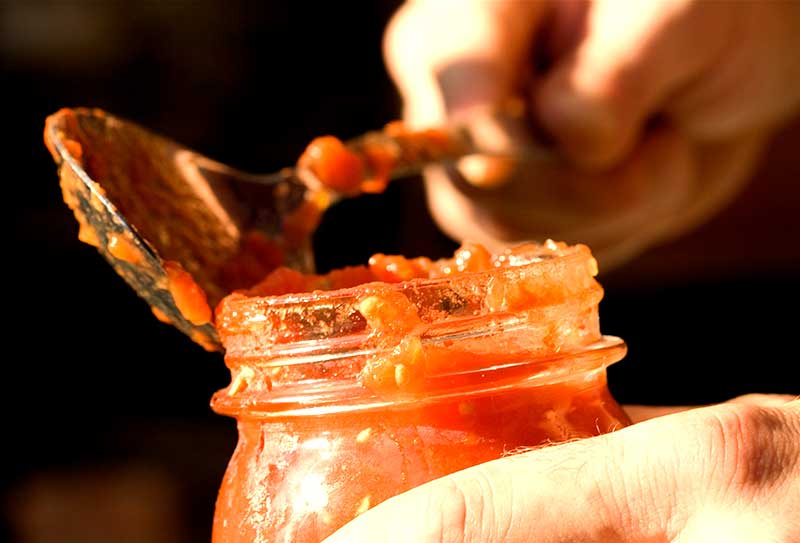
© Dreamstime
Everything starts at dawn. Usually, grandparents and the women of the house supervise the work, ready to coordinate the team: washing vats and pots, preparing tables, tablecloths, dish cloths, ladles, basins and other tools and, of course, washing those sacred objects that will soon contain the “red gold,” bottles.
The initial and most delicate step is choosing the tomatoes: small, ripe, pulpy and sweet. Quantities? Considering that the jars will need to last for the whole year and are for all the family, without forgetting the off-site relatives… for a regiment!
“Making salsa is a moment I look forward to every year, like Christmas. I remember when my grandma used to give us tasks… Now my parents have taken over. For them it is a strain, but above all a pride because it allows me to bring back home-made sauce to Milan, “ explains Angelo, a 28 years old boy from Santeramo in Colle. “Making salsa means joking with your auntie while crushing tomatoes. It is the smell of coffee your sister brings to you while you are working, it’s the tradition you learn and that needs to be handed down. It is a memory of home.”
What about the language used while family prepare la salsa? Dialect, of course.
Dialect is, indeed, spontaneous and immediate, and it clearly expresses the bond between food and society. All the tools used have dialectal names, just like the procedures to make sauce. Language and food are clear expression of a same social identity, with all its associated traditional values. Homemade sauce, generally, is not prepared to be sold, but to be consumed by family and friends. It is a handmade product and, as such, unrepeatable, as its characteristics vary from time to time and cannot be standardized.
Some other people also indulge in making another another specialty: pomodori sottolio (tomatoes preserved in extra virgin olive oil), as Grazia, 60, from Bitonto, explains to me, “the tomatoes from San Marzano, for example, are meant to be preserved in extra virgin olive oil. They are cut lengthwise, dried in the sun for 3-4 days, boiled in water and white wine vinegar for about five minutes and then squeezed. They are dried thoroughly with a cloth and arranged in glass jars. As the layers are formed, chopped garlic and basil are added (and other herbs to taste) and, finally, the whole mixture is covered with oil.”
But that’s not all! Some just learn a trade for a rainy day, whereas others push it a little bit further. This is the case of Adriano, 30, d from Palo del Colle who, after having obtained a degree in computer science, started a farm business and now sells the sauce he produces there in Italy and abroad.
I reckon that, now, many of our readers feel like a nice plate of pasta topped with a basil leaf and dressed in the best of salsa, the type it’s impossible to find in a store. Nevermind… sometimes, when you can’t satisfy your palate, you can at least indulge your memories!
E’ giunto il momento di stappare quei barattoli e di assaggiare “l’oro rosso”. Di cosa stiamo parlando? Della ch’nzerve (l’enorme dispensa che contiene bottiglie di salsa) di pomodori. Ai lettori pugliesi verrà subito in mente quel gustoso ricordo: il rito della salsa fatta in casa.
Scopriamone l’origine. Per una volta, questa antica tradizione pugliese non trova le sue radici negli antichi riti agricoli greci e romani.
I pomodori sono originari del Sud America occidentale e sono stati introdotti in Europa dagli spagnoli dopo la conquista del Messico da parte di Hernan Cortés e del suo equipaggio. Tra i seguaci di Cortés c’era anche il soldato Fra Bernardino che elencava in un suo resoconto tutte le specie di pomodoro che gli indiani usavano commerciare nei mercati stagionali.
Pare che in un primo momento gli spagnoli, incapaci di distinguere bene le piante addomesticate da quelle selvatiche, portarono con sé entrambe le specie. Per molto tempo i pomodori sono stati considerati malsani e potenzialmente dannosi e, quindi, banditi dalla cucina europea. Ma nel 1554 il medico Pietro Andrea Mattioli ipotizzò che il frutto fosse commestibile e lo chiamò “mela d’oro”, traendo ispirazione dalla mitologia greca, che chiamava “pomi d’oro” i frutti nati da un albero coltivato nel giardino delle Esperidi (figure della mitologia greca che custodivano il giardino delle mele d’oro di Eva).
Tuttavia, il primo riferimento storico alla salsa di pomodoro risale solo al 1600. Antonio Latini, cuoco delle Marche, una regione dell’Italia centrale non lontana dalla Puglia, scrisse una ricetta per la salsa di pomodoro nel suo libro di cucina Lo scalco alla moderna.
Storia a parte, fare la salsa è una tradizione che molte famiglie pugliesi cercano di conservare e trasmettere alle generazioni più giovani perché contiene l’essenza della pugliesità e, naturalmente, il sapore del pomodoro fresco.
“Per me fare la salsa è quando la famiglia si riunisce” – dice Grazia, 31 anni di Santeramo in Colle – E’ bello quando si mangiano lasagne fatte con la salsa fatta in casa e si può assaporare il sapore, il duro lavoro e, soprattutto, la gioia di aver preparato qualcosa con la tua famiglia”.
Il rituale inizia ad agosto, generalmente a metà del mese, e sacrificare qualche giorno in spiaggia per una tale causa culinaria non è un peso per un pugliese.
Tutto inizia all’alba. Di solito i nonni e le donne di casa supervisionano il lavoro, pronti a coordinare l’equipe: lavare recipienti e pentole, preparare tavoli, tovaglie, strofinacci, mestoli, bacinelle e altri attrezzi e, naturalmente, lavare quegli oggetti sacri che presto conterranno le bottiglie di “oro rosso”.
Il passo iniziale e più delicato è la scelta dei pomodori: piccoli, maturi, polposi e dolci. Quantità? Considerando che i vasetti dovranno durare tutto l’anno e sono per tutta la famiglia, senza dimenticare i parenti fuori sede…. abbastanza per un reggimento!
“Fare la salsa è un momento che aspetto ogni anno, come il Natale. Ricordo quando mia nonna ci dava compiti…… Ora i miei genitori hanno preso il sopravvento. Per loro è una fatica, ma soprattutto un orgoglio perché mi permette di portare a Milano la salsa fatta in casa”, spiega Angelo, un ragazzo di 28 anni di Santeramo in Colle. “Fare la salsa significa scherzare con la zia mentre si schiacciano i pomodori. È l’odore di caffè che tua sorella ti porta mentre lavori, è la tradizione che impari e che deve essere tramandata. È un ricordo di casa”.
Che dire della lingua usata mentre la famiglia prepara la salsa? Dialetto, naturalmente.
Il dialetto è, infatti, spontaneo e immediato, ed esprime chiaramente il legame tra cibo e società. Tutti gli strumenti utilizzati hanno nomi dialettali, proprio come le procedure per fare la salsa. Il linguaggio e il cibo sono la chiara espressione di una stessa identità sociale, con tutti i valori tradizionali ad essa associati. La salsa fatta in casa, in genere, non è preparata per essere venduta, ma per essere consumata dalla famiglia e dagli amici. Si tratta di un prodotto artigianale e, come tale, irripetibile, in quanto le sue caratteristiche variano di volta in volta e non possono essere standardizzate.
Qualcuno si concede anche un’altra specialità: i pomodori sottolio (olio extra vergine di oliva), come mi spiega Grazia, 60 anni di Bitonto, “i pomodori di San Marzano, ad esempio, sono destinati ad essere conservati in olio extravergine di oliva. Vengono tagliati longitudinalmente, essiccati al sole per 3-4 giorni, bolliti in acqua e aceto di vino bianco per circa cinque minuti e poi strizzati. Vengono asciugati accuratamente con un panno e disposti in barattoli di vetro. Mano a mano che si formano gli strati, si aggiungono aglio e basilico tritati (e altre erbe a piacere) e, infine, l’intero composto viene ricoperto d’olio”.
Ma non è tutto! Alcuni imparano un mestiere, mentre altri vanno oltre. È il caso di Adriano, 30 anni, di Palo del Colle che, dopo aver conseguito la laurea in informatica, ha avviato un’azienda agricola e ora vende la salsa che produce in Italia e all’estero.
Credo che, ora, molti dei nostri lettori capiscano meglio il significato di un bel piatto di pasta condita con una foglia di basilico e con la migliore salsa, quella che è impossibile trovare in un negozio. Così, a volte, quando non riesci a soddisfare il palato, puoi almeno indulgere con i ricordi!



